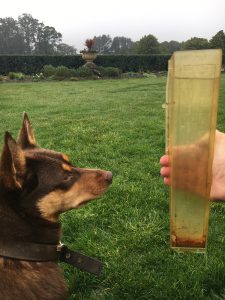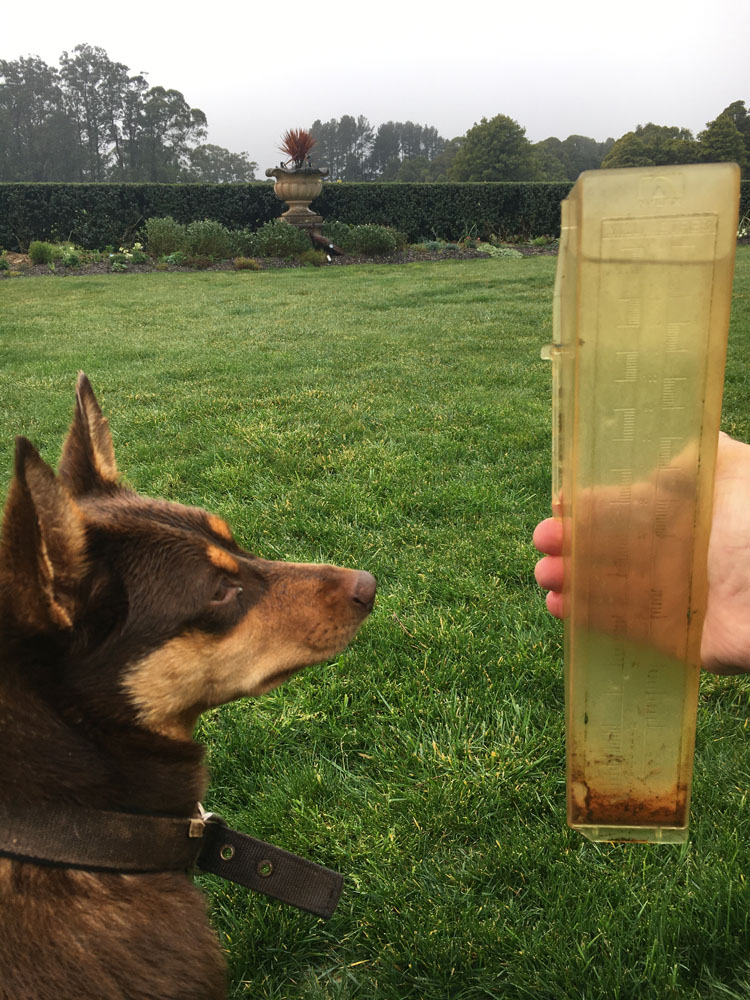After receiving a whopping 560 ml of rain at Laurel View over the last two weeks the paddocks are still completely waterlogged in places (something we could only dream about last year!). And while the Winter weather is likely to be around for a few more weeks, the rain will set us up for a beautiful Spring with lots of good quality feed to come. Compared to last year, we have a great covering of grass and plant material under our soggy boots and this helps to keep the nutrients, microbes and good bacteria protected in the soil.
Winter is very much a time to stew on things as we are quieter on the farm with grasses and plant life in hibernation and ongoing maintenance jobs often hampered by bad weather. My farming philosophy is not just maintaining our beautiful farm but also looking to the future – nothing gives me more satisfaction than the knowledge that the work I do now will ensure the health and prosperity of Laurel View for years come. This is why regenerative farming and the health of the soil continues to be a focus for me.
In our continued exploration of regenerative farming methods, we have recently completed soil tests and with the close consult of our mentors, we have decided to boost the efficacy of our bio preps (already adding microbes, minerals by fertilising the whole farm at once using a solution of lime and super phosphate.
We have recently completed soil tests at Laurel View and while we are starting to see our bio preps get to work (increasing the activity of microbes, bacteria and worms etc.) with the close consult of our regenerative farming mentors, we have decided to invest in fertilising the entire farm with a solution of lime and super phosphate.
Effectively, this is going back one step from making our own fertiliser but the aim is to improve the overall health of our soil upfront. By treating the farm all at once to increase alkalinity and calcium in the soil (as well as improving the uptake of major plant nutrients like nitrogen, phosphorus and potassium) we will reap greater rewards from our regenerative farming practices in the future. I think of it levelling the playing field!
We are running a smaller herd at the moment and grouping the lambs and cattle into one big mob, so they too can help improve the paddocks by aerating and fertilising the soil. This type of cell grazing means the paddocks have more time to rest and recover. Our current smaller numbers are primarily due to the uncertainty in our industry (and country) due to the ongoing impact of COVID-19 but with Spring around the corner, as well as some great quality feed about to start growing, we will look to get our numbers up in the next couple of months.
Best wishes.
John Mauger




Sounds like you are on the right track, so many people buy farming land and that is all they do, then wonder why the results don’t meet their expectations.
always love reading about the farm.